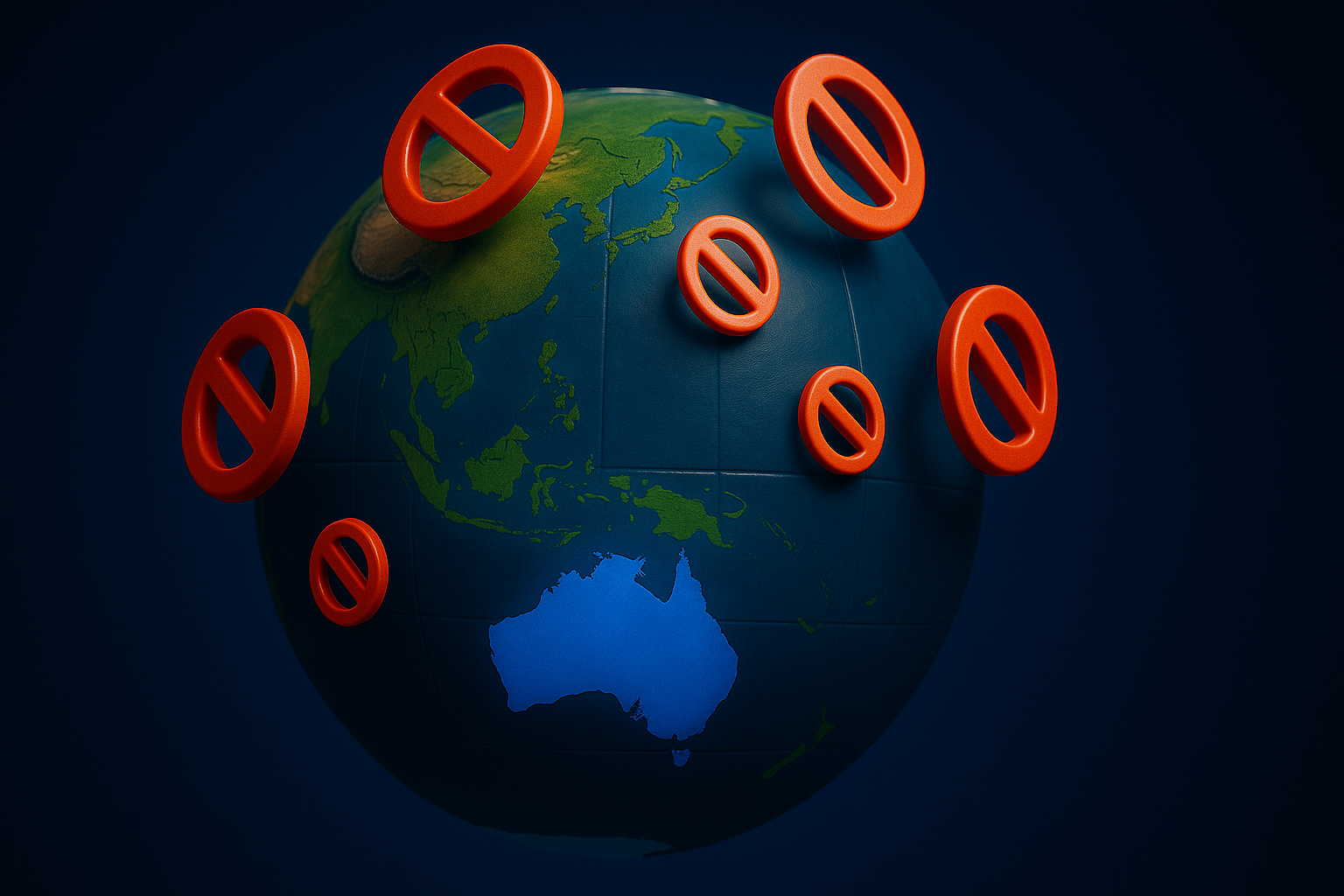10 Behavioural Economics Principles Every Marketer Should Know
10 Behavioural Economics Principles You Can Use to Supercharge Your Marketing
Marketing is not just about creativity, it’s about psychology. The most persuasive campaigns work because they tap into behavioural economics: the science of how people actually make decisions, often in ways that defy logic.
For marketers, this is gold. If you understand these principles, you can design offers, campaigns, and experiences that align with how people really choose, therefore increasing conversions without feeling manipulative.
Here are 10 of the most powerful behavioural economics principles, explained with examples and actionable tips you can add to your marketing toolkit.
1. Anchoring
What it is: People rely heavily on the first piece of information (the “anchor”) when judging value.
Example: “Was $499, Now $299.” The $499 sets a reference point that makes $299 feel like a bargain.
How to use it:
- Always show your premium option first to anchor perceptions of value.
- Use “was/now” pricing or side-by-side comparisons to make offers feel more compelling.
2. Decoy Effect
What it is: Adding a “decoy” option makes one alternative look more attractive.
Example: A subscription with three tiers: Basic $5, Standard $9, Premium $10. Most people will pick Premium because Standard acts as a decoy.
How to use it:
- Structure pricing so the option you want customers to pick looks like the smartest choice.
- Use a “middle” option that feels illogical, nudging buyers to the high-value tier.
3. Loss Aversion
What it is: People hate losing something more than they enjoy gaining the same thing.
Example: “Only 2 seats left at this price.” The fear of missing out triggers faster action.
How to use it:
- Frame offers around what customers lose if they delay (“Don’t miss out”) rather than only what they gain.
- Use limited-time bonuses, deadlines, or expiring discounts to drive urgency.
4. Social Proof
What it is: When unsure, people copy the actions of others.
Example: Reviews, testimonials, and “Best Seller” labels all create safety in numbers.
How to use it:
- Add reviews, ratings, and client logos to your landing pages.
- Showcase case studies that highlight real results.
- Use social counters (“10,000 customers served”) to validate popularity.
5. Scarcity
What it is: Items seem more valuable when they’re limited.
Example: Flash sales, waitlists, or “Only 3 left in stock.”
How to use it:
- Run genuine limited-time or limited-stock promotions.
- Use exclusivity (“By invite only” or “Beta access”) to increase demand.
- Always keep scarcity real, fake scarcity kills trust.
6. Framing Effect
What it is: How you present information changes perception.
Example: “90% success rate” feels far more positive than “10% failure rate,” even though they mean the same thing.
How to use it:
- Frame benefits in positive language.
- Recast features in terms of outcomes (“Save 10 hours a week” vs. “Reduce admin time”).
7. Endowment Effect
What it is: We value things more once we feel ownership.
Example: Free trials and freemium apps work because once you start using something, giving it up feels like a loss.
How to use it:
- Offer free trials, demos, or samples.
- Let prospects personalise or “build their plan” before purchase.
- Use “try before you buy” models to reduce friction and create attachment.
8. Choice Architecture
What it is: The way choices are presented influences decisions.
Example: At checkout, many sites default to “Subscribe & Save.” Customers can opt out, but the default nudges recurring revenue.
How to use it:
- Set your most profitable or helpful option as the default.
- Reduce decision fatigue by limiting options to 3–4 tiers.
- Design funnels to guide users smoothly toward the best decision.
9. Hyperbolic Discounting
What it is: People prefer smaller, immediate rewards over larger, delayed ones.
Example: “Start today for just $1.” Even if the long-term cost is higher, the instant reward drives sign-ups.
How to use it:
- Break pricing into small upfront payments.
- Offer instant gratification (bonuses, freebies) for taking action now.
- Reduce the time between signup and value delivery.
10. Authority Bias
What it is: We’re more likely to trust experts or authority figures.
Example: “Endorsed by leading doctors” or “As seen in The New York Times.”
How to use it:
- Highlight certifications, awards, or accreditations.
- Showcase expert endorsements or thought-leadership content.
- Use trusted third-party mentions (press features, partnerships) to build credibility.
Final Takeaway
These principles aren’t tricks, they’re human truths. People rarely make purely rational choices, and the brands that thrive are the ones that understand and design for that reality.
By weaving behavioural economics into your pricing, messaging, and campaigns, you can nudge customers toward decisions that feel natural, persuasive, and rewarding. The key is to use these principles ethically — building trust while improving conversions.
Book A Session With A Sydney-Based Digital Growth Expert.
I work with a limited number of clients to keep quality high and focus sharp. If you’re ready to grow and want to see if we’re the right fit, fill out the form and let’s start the conversation.



